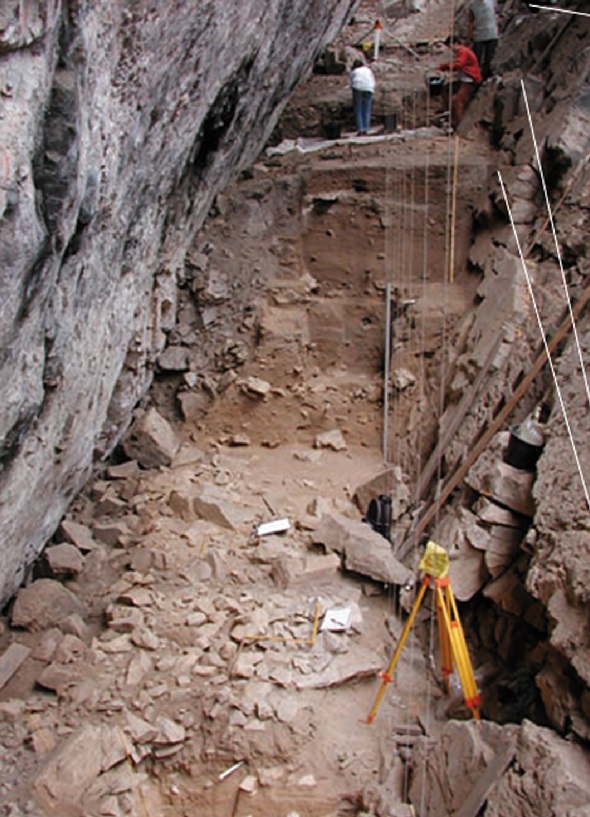<< Other Photo Pages >> Santa Elena (Brazil) - Rock Art in Brazil
Submitted by bat400 on Wednesday, 06 September 2017 Page Views: 3249
Rock ArtSite Name: Santa Elena (Brazil)Country: Brazil
NOTE: This site is 685.191 km away from the location you searched for.
Type: Rock Art
Nearest Town: Cuiba
Latitude: 15.333S Longitude: 56.95W
Condition:
| 5 | Perfect |
| 4 | Almost Perfect |
| 3 | Reasonable but with some damage |
| 2 | Ruined but still recognisable as an ancient site |
| 1 | Pretty much destroyed, possibly visible as crop marks |
| 0 | No data. |
| -1 | Completely destroyed |
| 5 | Superb |
| 4 | Good |
| 3 | Ordinary |
| 2 | Not Good |
| 1 | Awful |
| 0 | No data. |
| 5 | Can be driven to, probably with disabled access |
| 4 | Short walk on a footpath |
| 3 | Requiring a bit more of a walk |
| 2 | A long walk |
| 1 | In the middle of nowhere, a nightmare to find |
| 0 | No data. |
| 5 | co-ordinates taken by GPS or official recorded co-ordinates |
| 4 | co-ordinates scaled from a detailed map |
| 3 | co-ordinates scaled from a bad map |
| 2 | co-ordinates of the nearest village |
| 1 | co-ordinates of the nearest town |
| 0 | no data |
Internal Links:
External Links:

More than one thousand anthropomorphic and animal figures and geometric signs have been inventoried in this rock shelter. Excavations conducted between 1985 and 2005, directed by researchers (National Museum of Natural History, Paris, and São Paulo University) revealed a stratigraphical sequence from the Late Pleistocene (3000 yr BP) to the Late Holocene (10000 yr BP.)
Lithic material, colorants, and plant remains were discovered in large quantities along with the megafauna remains at the lower levels with cultural associations.
Recently published reports describe giant sloth bones , stone artifacts, and charcoal dating to 23000 yr BP.
The location given is only approximate for the region. Access to the site is unknown.
Note: People may have lived in central Brazil more than 20,000 years ago. See comment.
You may be viewing yesterday's version of this page. To see the most up to date information please register for a free account.
Do not use the above information on other web sites or publications without permission of the contributor.
Click here to see more info for this site
Nearby sites
Click here to view sites on an interactive map of the areaKey: Red: member's photo, Blue: 3rd party photo, Yellow: other image, Green: no photo - please go there and take one, Grey: site destroyed
Download sites to:
KML (Google Earth)
GPX (GPS waypoints)
CSV (Garmin/Navman)
CSV (Excel)
To unlock full downloads you need to sign up as a Contributory Member. Otherwise downloads are limited to 50 sites.
Turn off the page maps and other distractions
Nearby sites listing. In the following links * = Image available
547.5km SSE 156° Taboco* Rock Art
737.3km WNW 290° Loma Chacolatalito Artificial Mound
796.9km WSW 246° El Fuerte de Samaipata Pyramid / Mastaba
808.4km WSW 246° Mairana Circular Pyramid Pyramid / Mastaba
974.4km WSW 244° Sucre Museum of Anthropology Museum
1044.7km WSW 243° Tarapaya* Natural Stone / Erratic / Other Natural Feature
1047.6km WSW 242° Cerro Rico* Ancient Mine, Quarry or other Industry
1147.7km ENE 77° Baixao-Tocantins rock art* Rock Art
1232.6km SW 224° Coctaca Ancient Village or Settlement
1240.2km WNW 296° Rio Branco Geoglyph 23 Misc. Earthwork
1240.4km SW 224° Pucará de Peñas Blancas Hillfort
1244.2km WNW 296° Rio Branco Geoglyph 24 Misc. Earthwork
1245.5km WNW 295° Rio Branco Geoglyph 22 Misc. Earthwork
1246.1km WNW 296° Rio Branco Geoglyph 26 Misc. Earthwork
1246.2km WNW 296° Rio Branco Geoglyph 25 Misc. Earthwork
1253.8km SW 223° Pucará de Yacoraite Hillfort
1255.9km SW 223° Los Armarillos Ancient Village or Settlement
1257.8km SW 223° Pucará de Campo Morado Hillfort
1259.6km SW 223° La Huerta Ancient Village or Settlement
1260.6km W 262° Tiwanaku - Akapana Pyramid* Pyramid / Mastaba
1260.6km W 262° Tiwanaku* Ancient Village or Settlement
1261.4km W 262° Pumapunku* Ancient Temple
1264.7km SW 223° Pucará del Angosto de Perchel Hillfort
1268.3km W 264° Suriki Island* Ancient Mine, Quarry or other Industry
1269.4km SW 223° Pucará de Juella Hillfort
View more nearby sites and additional images



 We would like to know more about this location. Please feel free to add a brief description and any relevant information in your own language.
We would like to know more about this location. Please feel free to add a brief description and any relevant information in your own language. Wir möchten mehr über diese Stätte erfahren. Bitte zögern Sie nicht, eine kurze Beschreibung und relevante Informationen in Deutsch hinzuzufügen.
Wir möchten mehr über diese Stätte erfahren. Bitte zögern Sie nicht, eine kurze Beschreibung und relevante Informationen in Deutsch hinzuzufügen. Nous aimerions en savoir encore un peu sur les lieux. S'il vous plaît n'hesitez pas à ajouter une courte description et tous les renseignements pertinents dans votre propre langue.
Nous aimerions en savoir encore un peu sur les lieux. S'il vous plaît n'hesitez pas à ajouter une courte description et tous les renseignements pertinents dans votre propre langue. Quisieramos informarnos un poco más de las lugares. No dude en añadir una breve descripción y otros datos relevantes en su propio idioma.
Quisieramos informarnos un poco más de las lugares. No dude en añadir una breve descripción y otros datos relevantes en su propio idioma.